Climate Change Made Hurricane Milton Stronger, With Heavier Rain, Scientists Conclude – Inside Climate News
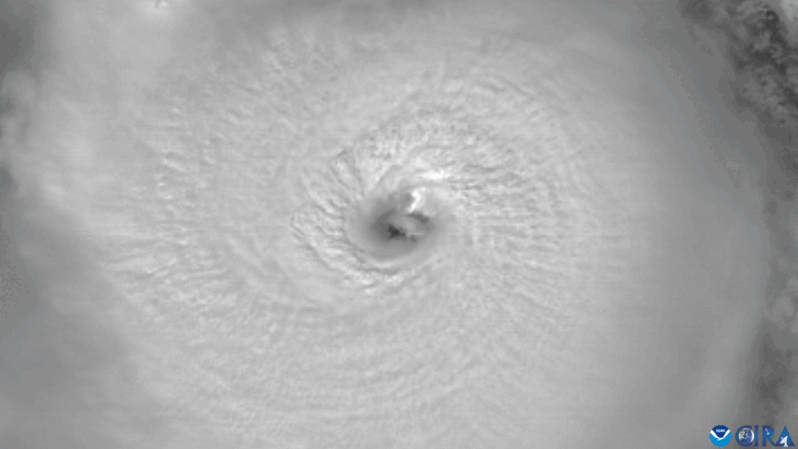
A rapid analysis of rainfall trends and Gulf of Mexico temperatures shows many similarities to Hurricane Helene less than two weeks earlier…
How Close Are the Planet’s Climate Tipping Points? – the New York Times
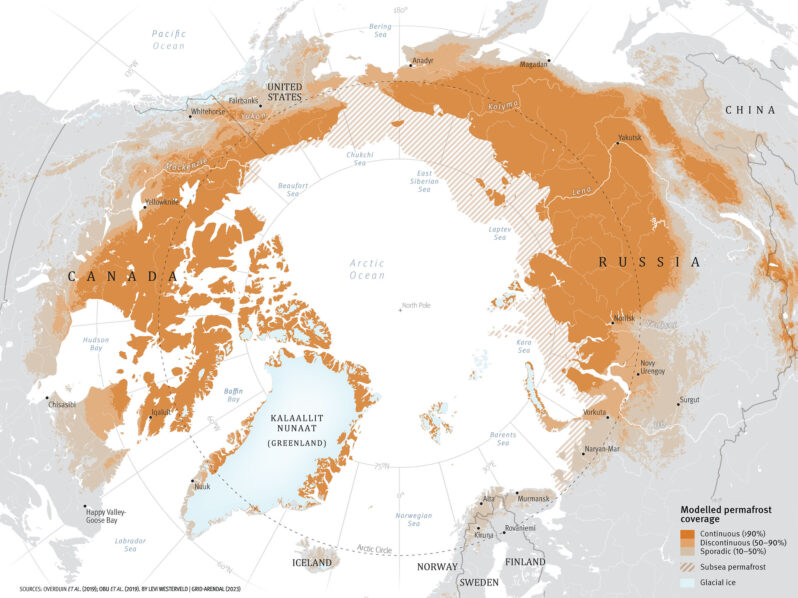
Earth’s warming could trigger sweeping changes in the natural world that would be hard, if not impossible, to reverse…
Antarctic temperatures soar 50 degrees above norm in long-lasting heat wave – the Washington Post

This historic warm spell in East Antarctica is an ominous example of the temperature spikes this polar climate could experience more of in a warming world…
In the South, Sea Level Rise Accelerates at Some of the Most Extreme Rates on Earth – Inside Climate News

The surge is startling scientists, amplifying impacts such as hurricane storm surges and nuisance flooding and testing mitigation measures like the Resilient Florida program…
Increasing Rate of Warming of Oceans + Earth . . .
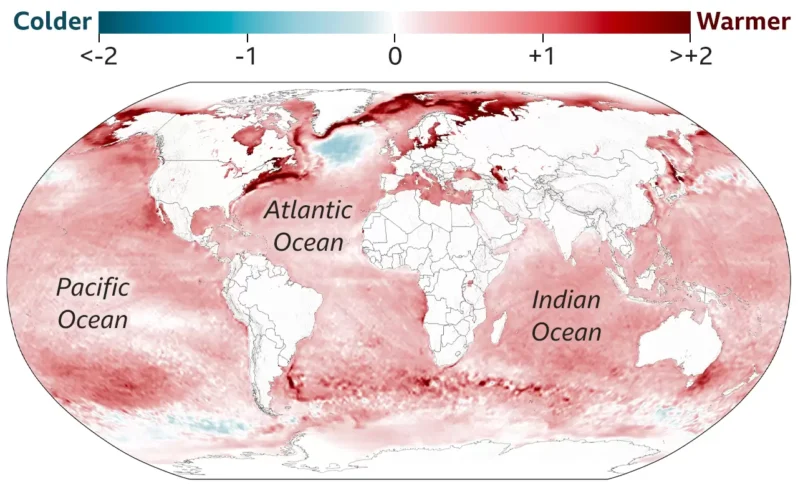
A troubling study appeared last week indicating that over the past 15 years the Earth absorbed as much heat as it had during the prior 45 years, and most of that excess energy went into warming the ocean…
Better predictions on rise of oceans on warming Earth – The Harvard Gazette
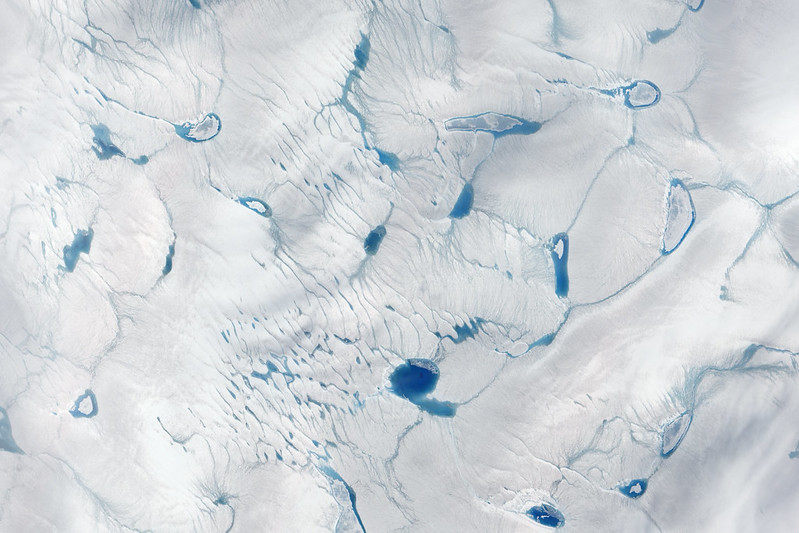
When glacial ice sheets melt, something counterintuitive happens to sea levels…they fall…Why? The answer is that water disperses away owing to the loss of gravitational pull toward the ice sheet.
A Drop in the Ocean – CNN Interactive

As the world experiences sea level rise, Iceland’s waters are falling — and flowing to the other side of the planet…
Sea level rise quickens as Greenland ice sheet sheds record amount
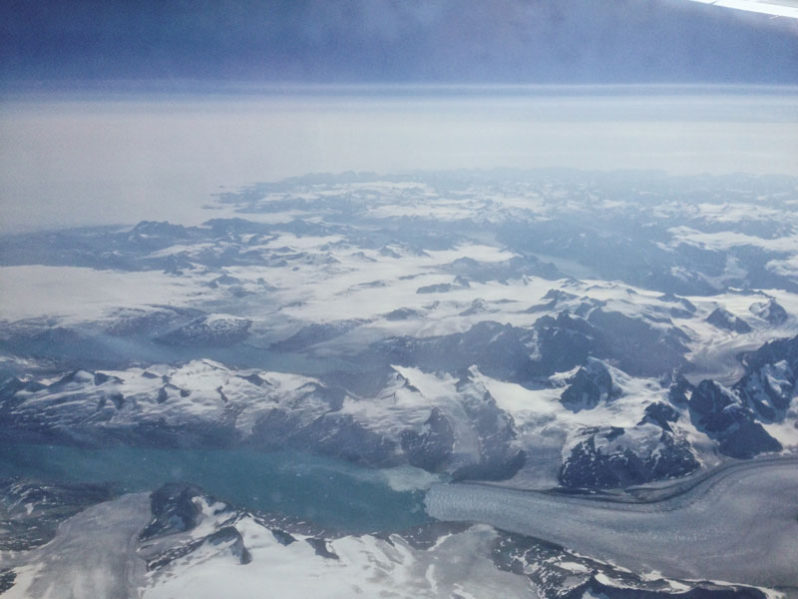
Greenland’s massive ice sheet saw a record net loss of 532 billion tonnes last year, raising red flags about accelerating sea level rise, according to new findings.
Sea-level variability to increase with ocean warming

A global tendency for future sea levels to become more variable this century as oceans warm, due to increasing greenhouse gas emissions was identified by a team of researchers at the University of Hawaiʻi.
